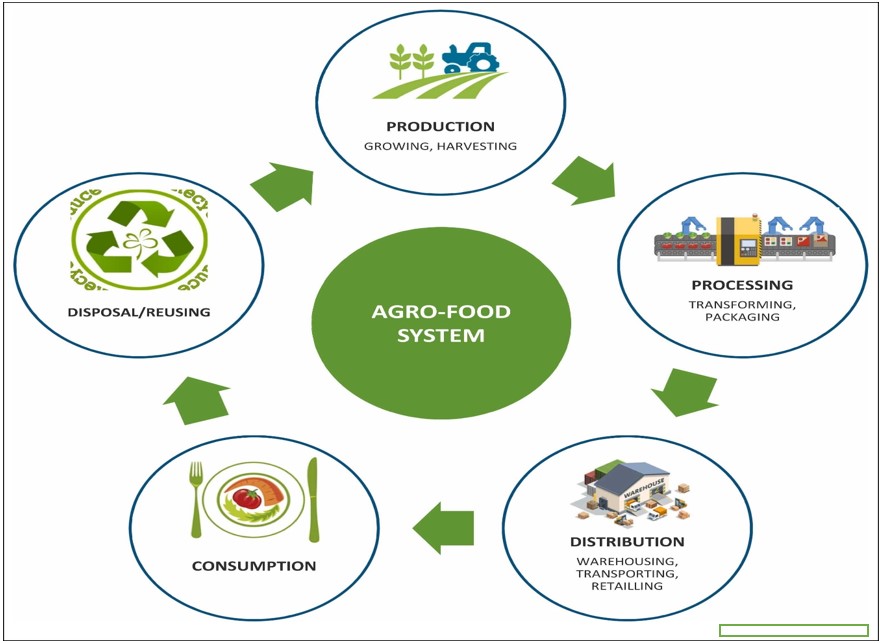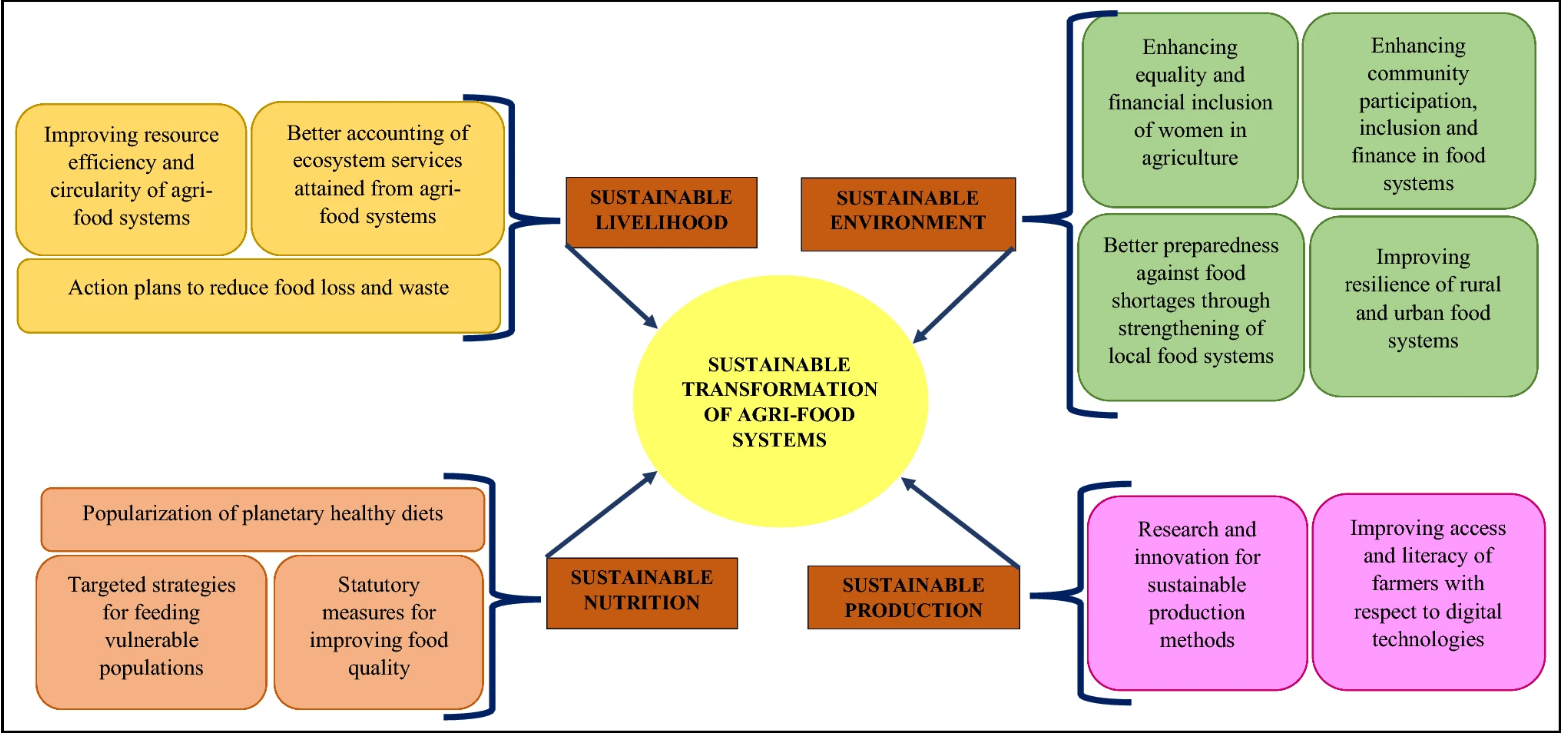7667766266
enquiry@shankarias.in
Mains: GS III - Food Processing and Related Industries in India- Scope’ and Significance, Location, Upstream and Downstream Requirements, Supply Chain Management
As India embarks on its transformative journey towards becoming a developed nation by 2047, no challenge is more fundamental than reimagining how we produce, process, trade, and consume food.

